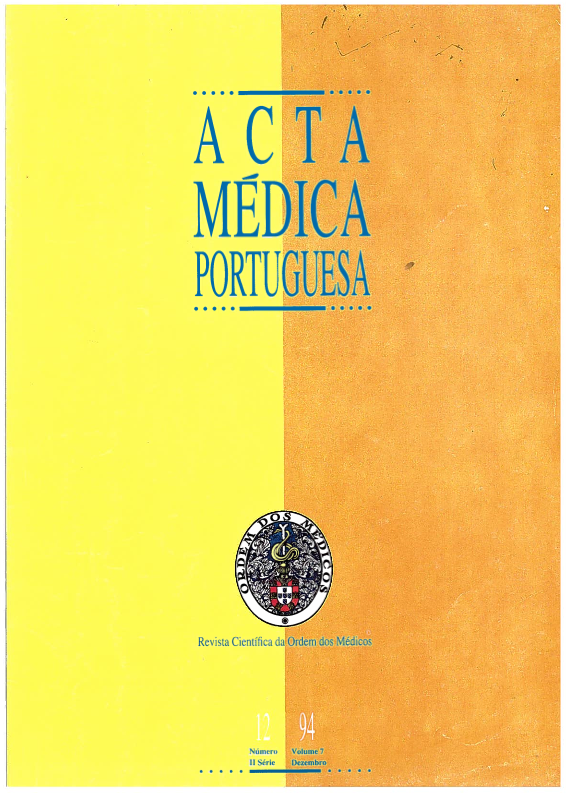Quality control of vagotomy in duodenal ulcer perforation.
DOI:
https://doi.org/10.20344/amp.3024Abstract
The efficacy of truncal vagotomy combined with pyloroplasty has been studied in 56 patients, divided into the following groups: Group I-29 patients submitted to bilateral truncal vagotomy (BTV) and pyloroplasty, as the method of treatment to solve the problem of perforated duodenal ulcer (initial and retrospective phase of study). Group II-With 11 patients, who underwent the same operation as those in Group I but with the surgeon's knowledge of the results of phase I and also awareness of the laboratory control of its surgery (prospective phase). Group III-A control Group of 16 patients, with chronic duodenal ulcer submitted to a routine proximal gastric vagotomy (superselective or hyperselective vagotomy). All of the patients were clinically evaluated and all of them have done acid secretion studies (Kay and Sham-Feeding test). Basal acid output (BAO), maximum acid output after Sham-Feeding (PAOsf), and pentagastrine (PAOpg), were determined in order to control the efficacy of vagotomy. In group III, results were compared with those obtained pre-operatively. In Group I, 48.27% of patients had a PAOsf higher than 4 mEq/hour-value which has been considered the maximum level of normality after complete BTV without gastric resection. In Group II, the number of patients with incomplete vagotomy decrease to 18.18%. In Group III, all the patients had a PAOsf lower than 4 mEq/hour and 83.81% of acidity reduction after Sham-Feeding test, in comparision with the pre-operative values.(ABSTRACT TRUNCATED AT 250 WORDS)Downloads
Downloads
How to Cite
Issue
Section
License
All the articles published in the AMP are open access and comply with the requirements of funding agencies or academic institutions. The AMP is governed by the terms of the Creative Commons ‘Attribution – Non-Commercial Use - (CC-BY-NC)’ license, regarding the use by third parties.
It is the author’s responsibility to obtain approval for the reproduction of figures, tables, etc. from other publications.
Upon acceptance of an article for publication, the authors will be asked to complete the ICMJE “Copyright Liability and Copyright Sharing Statement “(http://www.actamedicaportuguesa.com/info/AMP-NormasPublicacao.pdf) and the “Declaration of Potential Conflicts of Interest” (http:// www.icmje.org/conflicts-of-interest). An e-mail will be sent to the corresponding author to acknowledge receipt of the manuscript.
After publication, the authors are authorised to make their articles available in repositories of their institutions of origin, as long as they always mention where they were published and according to the Creative Commons license.









